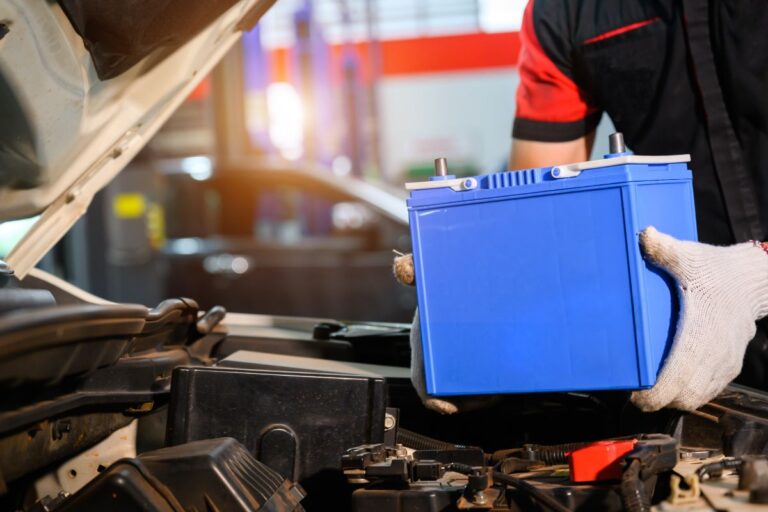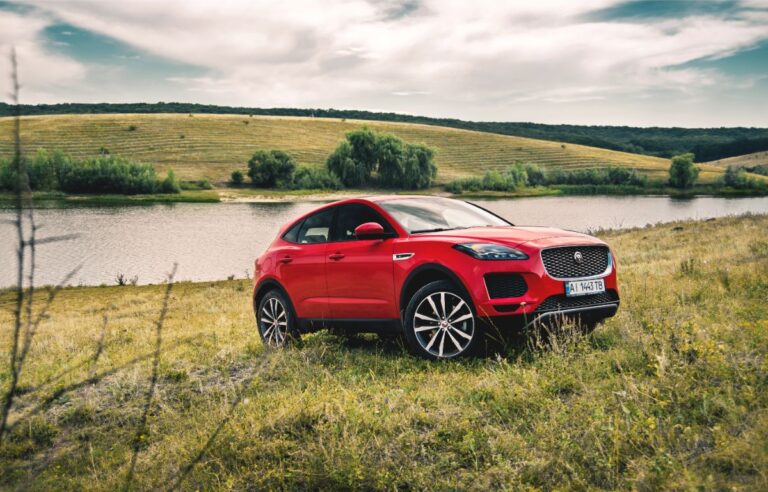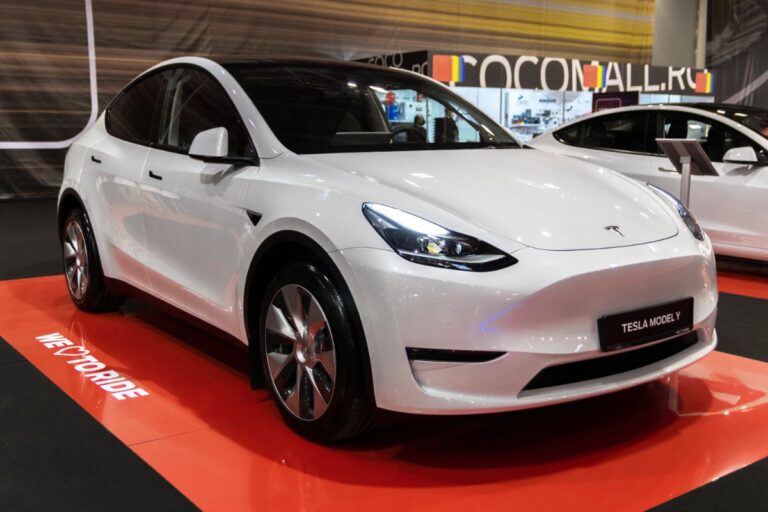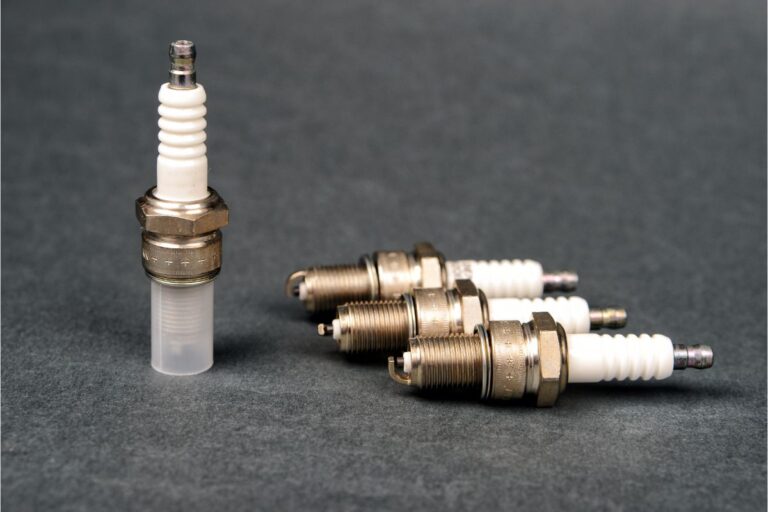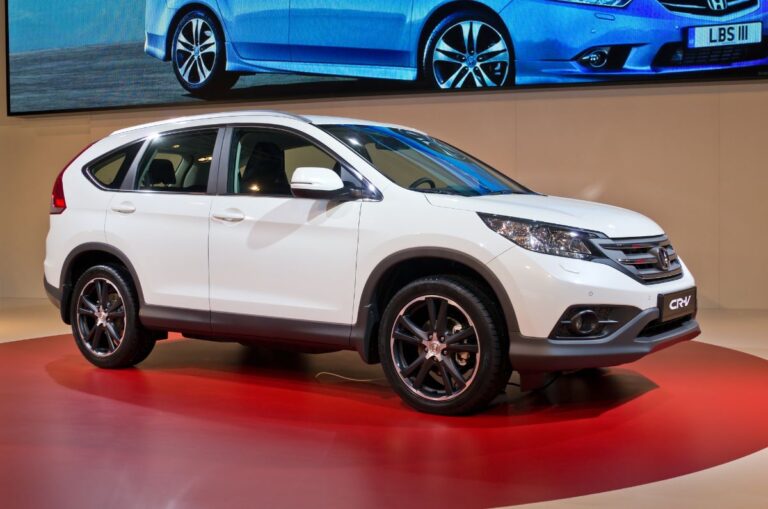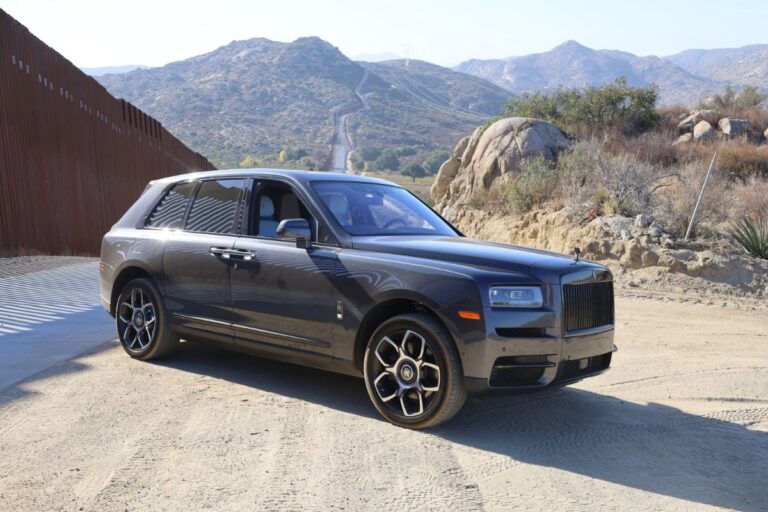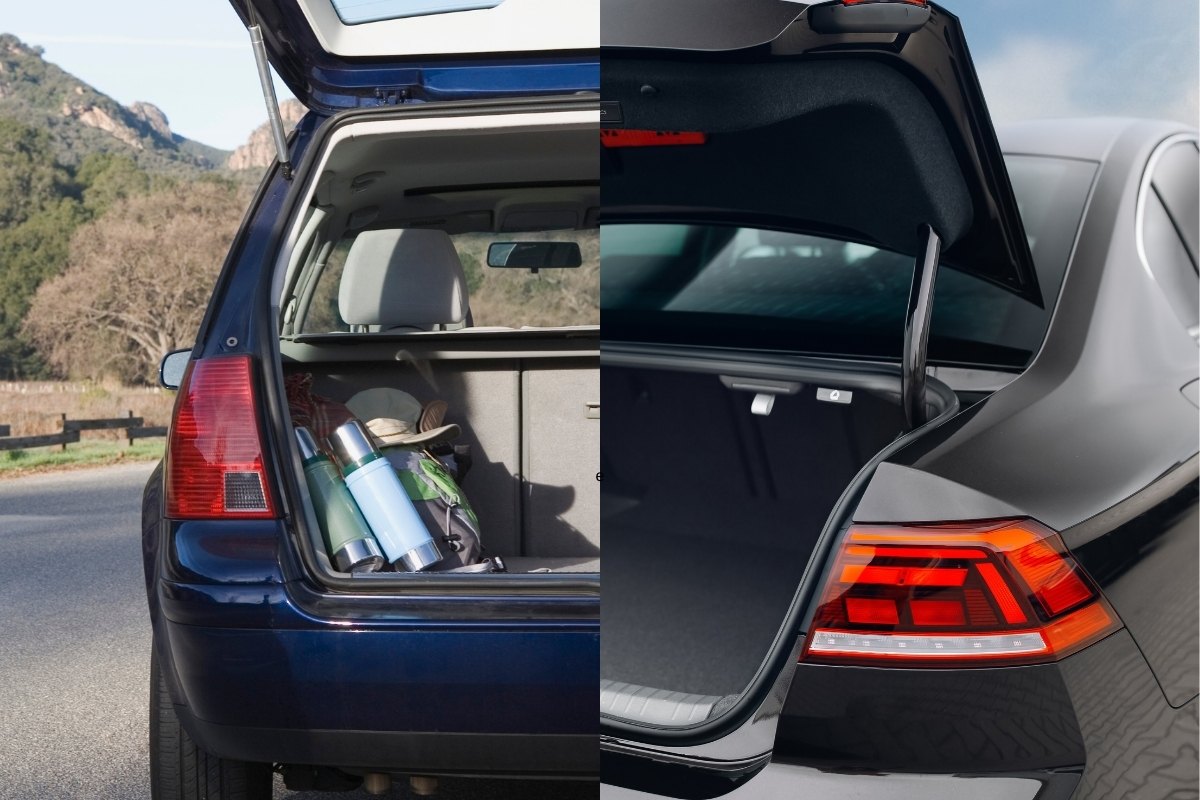
A hatchback can have twice the luggage capacity of a comparable sedan with a trunk, depending on the car. The folding rear seats of a hatchback offer access to even more space in the rear cargo area.
You’re talking about a big difference in luggage capacity between a sedan and a hatchback.
Think about it. A hatchback can carry more items than a trunk and is easier to access. In addition, when the seats are laid down, your cargo is accessible from the rear and the sides.
This accessibility makes it very convenient for people who use their cars as delivery vehicles or have a lot of gear to tote.
Most of today’s cars seat five passengers, and hatchbacks are no different. So, what do you do with the gear of the four soccer players that are filling your car? It has to go somewhere, and a hatchback will accommodate your athletes and their equipment better than most sedans.
Related to: Choosing the Best Trunk Organizers for Every Vehicle
Capacity Comparisons
There are more hatchback models today than ever, and many of them have a corresponding sedan. So, I will start with the 2022 Honda Civic and Honda Hatchback.
The Honda Civic sedan has 14.8 cubic feet of cargo area, and the Honda Civic Hatchback has 24.5 cubic feet. That’s not quite double, but it’s enough extra space that you won’t have to leave Aunt Edna’s suitcase behind.
Another player in the hatchback market for 2022 is Toyota, with the addition of the Corolla Cross, which by any other name is still a hatchback.
The cargo capacity of the 2022 Toyota Corolla is 17.8 cubic feet, while the Corolla Cross has a cargo capacity of 26.5 cubic feet. The cars are comparably priced; how nice.
The Toyota Prius Prime beats the Toyota Corolla sedan by two cubic feet and has 19.8 cubic feet of cargo capacity. The Hyundai Veloster ups that number by a tenth of a cubic foot, bringing its cargo capacity to 19.9 cubic feet, which isn’t bad for a compact car.
You can see from these comparisons that a hatchback offers almost double the cargo capacity of a comparable sedan. Of course, only you know if you need the extra space; however, it doesn’t hurt to have it because you never know when you might need it.
Hatchback cars vs. those with trunks – watch those measurements
Apples aren’t always apples, even when being sold as such. The way manufacturers and the government measure cars capacities and volumes can be deceiving. So, instead of taking their word for it, the best way to determine if a car has enough cargo space to suit you is to test it out.
Other benefits of a hatchback besides space

Hatchbacks have many other benefits besides the ability to carry more stuff. They are often easier to see out of because they have glass all around, and the ability to lay the seats flat is a big plus. Many sedans offer folding seats, too.
The narrow passage that folding seats provide for cargo in a sedan is limited to long flat items. However, the cargo space of a hatchback is big and boxy.
Are there any sedans with the cargo capacity of a hatchback
The rear cargo space of a Genesis G90 sedan is 15.7 cubic feet, which isn’t much more than the Honda Civic sedan’s 14.9 cubic feet of space. However, it is less than that of the Toyota Corolla’s 17.8 cubic feet of cargo space.
The Kia Stinger has a cargo capacity closer to a hatchback than a sedan and will provide 23.3 cubic feet of space for your gear. The Tesla S beats it, though, with a cargo capacity of 26 cubic feet, but wait; it doesn’t have the most cargo capacity of a hatchback.
The reward for the largest cargo space of a hatchback belongs to the Volkswagen Arteon, which has a cargo space of 27.2 cubic feet. However, when you fold the rear seats, that space expands to an impressive 55 cubic feet, the winner for cargo capacity in this group of cars.
Hatchback cars offer more Cubic feet of Cargo Space than Sedans
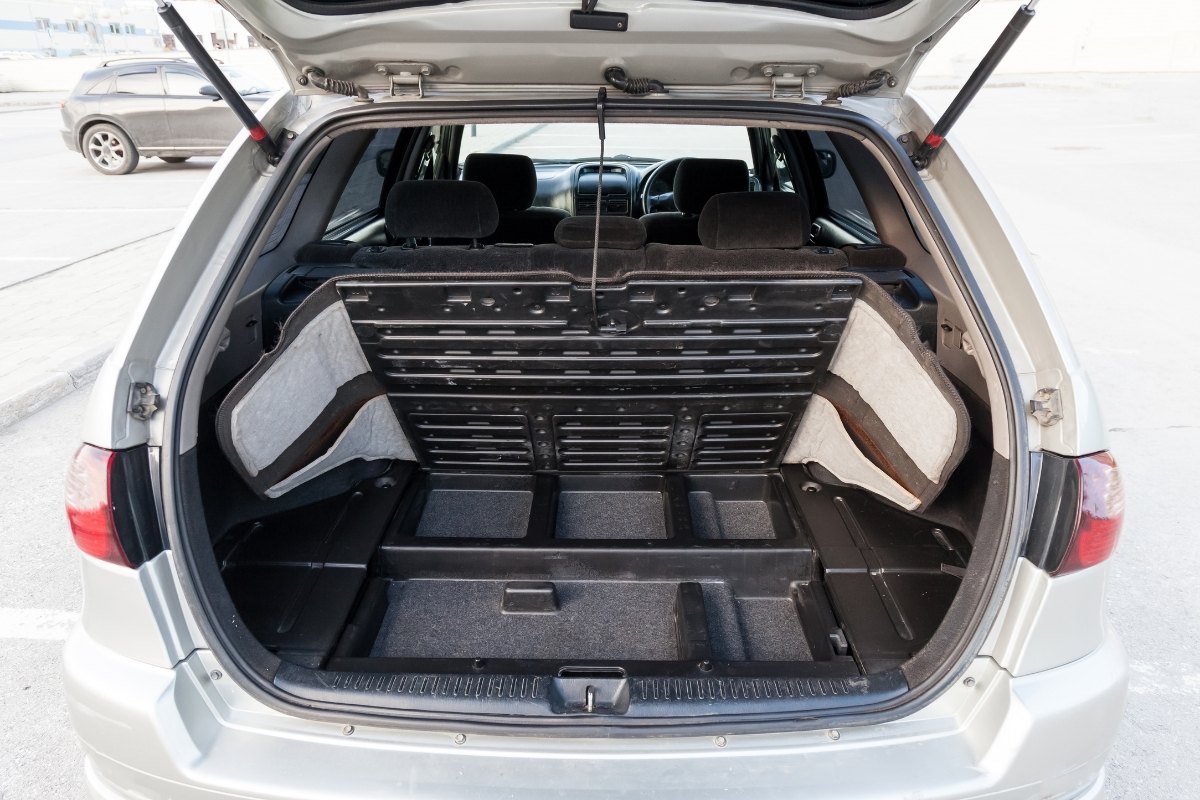
Although they may be slightly skewed, the numbers still don’t lie, and hatchback cars have more cubic feet of cargo space than their comparable sedan models.
The utility a hatchback offers is immeasurable and gives you the ability to carry a more sizable load without buying a larger model car.
You need to try a car out before you buy it. However, suppose you need a vehicle with extra cargo capacity, yet one that gets the gas mileage of a compact car. In that case, a hatchback may be the best car for you.
In addition, hatchbacks are comparably priced with their sedan counterparts, and some may cost less!

